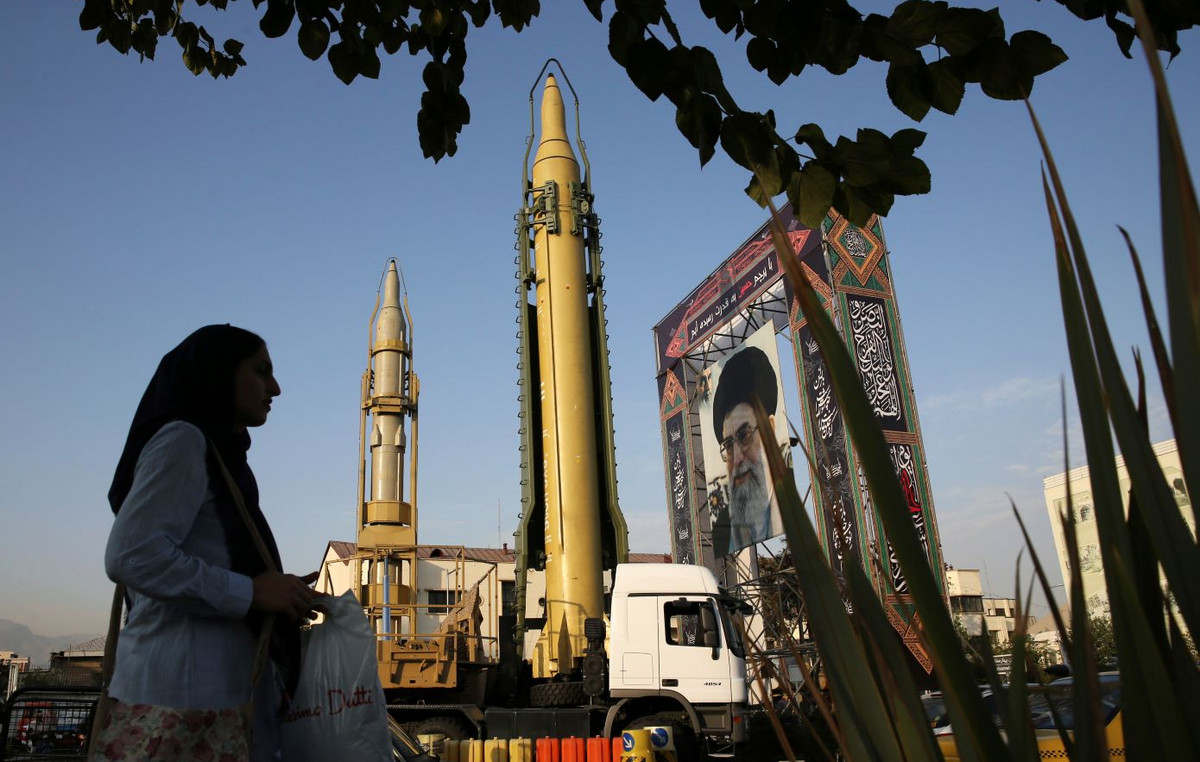- Petroleum prices shoot at maximum two months after Israel’s attack to Iran.
- The closure of the Ormuz Strait could carry the crude oil prices well above $ 100.
- The US WTI prices have appreciated more than 7% today, reaching levels close to $ 73.00.
Oil prices have risen more than 7% so far today, driven by the growing concerns of a large -scale war in the Middle East that would turn on an already volatile region and cause a serious interruption in the global oil supply.
Israel attacked Iran with an unprecedented force earlier today, hitting key nuclear sites and killing senior revolutionary guard officials. Iran responded with drones attacks and retired from nuclear negotiations with the US.
Oil shoots out of concerns of a large -scale war between Israel and Iran
The crude oil prices shot after the news, with all the looks on the strategic route of the Ormuz Strait, which transports approximately 20% of the global oil supply and whose closure could push the price of the barrel to the area of 120-130 $, according to market sources.
The American reference West Texas Intermediate (WTI) rose more than $ 5 so far today, jumping from $ 67.75 to the 72.90 $ area at the time of writing this. Low attempts are being contained above the psychological level of 70.00.
The data published by the US Energy Information Administration (EIA) on Wednesday revealed that US oil stocks fell to 3.6 million barrels in the first week of June, compared to the market expectations of a 100K accumulation. The data highlights a strong demand and an increase in prices support.
WTI FAQS oil
WTI oil is a type of crude oil that is sold in international markets. WTI are the acronym of West Texas Intermediate, one of the three main types that include the Brent and Dubai’s crude. The WTI is also known as “light” and “sweet” by its relatively low gravity and sulfur content, respectively. It is considered high quality oil that is easily refined. It is obtained in the United States and is distributed through the Cushing Center, considered “the crossing of the world.” It is a reference for the oil market and the price of WTI is frequently traded in the media.
Like all assets, supply and demand are the main factors that determine the price of WTI oil. As such, global growth can be a driver of the increase in demand and vice versa in the case of weak global growth. Political instability, wars and sanctions can alter the offer and have an impact on prices. OPEC decisions, a group of large oil -producing countries, is another key price factor. The value of the US dollar influences the price of WTI crude oil, since oil is mainly traded in US dollars, so a weaker dollar can make oil more affordable and vice versa.
Weekly reports on oil inventories published by the American Petroleum Institute (API) and the Energy Information Agency (EIA) influence the price of WTI oil. Changes in inventories reflect the fluctuation of supply and demand. If the data show a decrease in inventories, it can indicate an increase in demand, which would raise the price of oil. An increase in inventories may reflect an increase in supply, which makes prices lower. The API report is published every Tuesday and that of the EIA the next day. Their results are usually similar, with a 1% difference between them 75% of the time. EIA data is considered more reliable, since it is a government agency.
The OPEC (Organization of Petroleum Exporting Countries) is a group of 13 nations oil producing that collectively decide the production quotas of member countries in biannual meetings. Their decisions usually influence WTI oil prices. When OPEC decides to reduce fees, it can restrict the supply and raise oil prices. When OPEC increases production, the opposite effect occurs. The OPEC+ is an expanded group that includes another ten non -members of the OPEC, among which Russia stands out.
Source: Fx Street
I am Joshua Winder, a senior-level journalist and editor at World Stock Market. I specialize in covering news related to the stock market and economic trends. With more than 8 years of experience in this field, I have become an expert in financial reporting.







